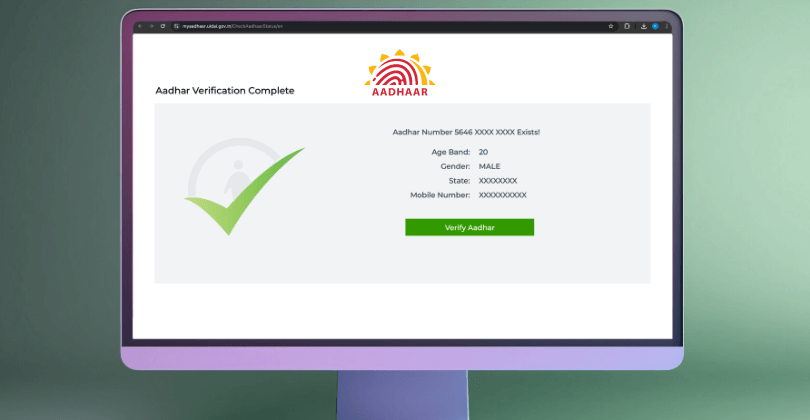The Importance of Aadhaar Masking in Telecom

For the telecom industry, Aadhaar masking is not just a compliance requirement it is a trust-building measure. By implementing Aadhaar masking solutions, operators can ensure that sensitive subscriber data is safeguarded during processes such as SIM activation, e-KYC verification, and service provisioning, thereby reinforcing data privacy and enhancing customer confidence.
In the following sections, we will explore the regulatory framework, practical use cases, and the tangible benefits of adopting Aadhaar masking in the telecom sector.
Regulatory Compliance in Telecom
Telecom operators in India must adhere to strict regulatory frameworks when handling Aadhaar data. The UIDAI guidelines, along with directives from TRAI and RBI, mandate that organizations mask the first eight digits of Aadhaar numbers during storage and verification processes.
Compliance is crucial not only to avoid legal penalties but also to maintain subscriber trust. Regulations cover areas such as e-KYC verification, SIM card activation, and data retention, ensuring that sensitive information is protected from unauthorized access or misuse. By following these mandates, telecom companies can operate securely while demonstrating a strong commitment to data privacy and regulatory adherence.
Use Cases of Aadhaar Masking in Telecom
Aadhaar masking has become a critical tool for telecom operators to secure sensitive subscriber information while maintaining operational efficiency. Key applications include:
Customer Identity Verification: Masked Aadhaar enables telecom companies to authenticate subscribers without exposing full Aadhaar numbers, ensuring secure and compliant onboarding.
Fraud Prevention:By concealing the majority of the Aadhaar number, operators reduce the risk of identity theft and fraudulent SIM activations.
Secure Data Handling During Service Provisioning:Whether activating new connections, processing plan changes, or managing subscriber databases, Aadhaar masking ensures that sensitive data remains protected at every stage of service delivery.
By integrating Aadhaar masking into these processes, telecom companies can enhance both security and operational reliability while complying with regulatory requirements.
Benefits of Aadhaar Masking in Telecom
Implementing Aadhaar masking solutions offers multiple advantages for telecom operators:
Enhanced Data Security: Masking the first eight digits of Aadhaar numbers minimizes exposure of sensitive information, protecting subscribers from identity theft and misuse.
Regulatory Compliance: Operators can meet UIDAI, TRAI, and RBI requirements, avoiding legal penalties while demonstrating responsible data handling practices.
Improved Customer Trust:Subscribers feel confident sharing their information when they know their Aadhaar details are partially concealed and securely managed.
Fraud Mitigation:Masking Aadhaar numbers reduces the risk of unauthorized SIM activations and fraudulent transactions, safeguarding both the operator and the customer.
Operational Efficiency: Secure masking allows companies to streamline onboarding, e-KYC, and database management without compromising privacy.
By adopting Aadhaar masking, telecom providers can achieve a balanced approach to security, compliance, and customer satisfaction.
Conclusion: Securing Telecom Operations with Aadhaar Masking
Aadhaar masking is no longer optional for telecom operators it is a vital tool for data privacy, regulatory compliance, and customer trust. By concealing the first eight digits of Aadhaar numbers, telecom companies can safeguard subscriber information, prevent fraud, and streamline onboarding and service provisioning processes.
For industry stakeholders, evaluating and implementing advanced Aadhaar masking technologies is a strategic step toward secure, compliant, and trusted telecom services.





